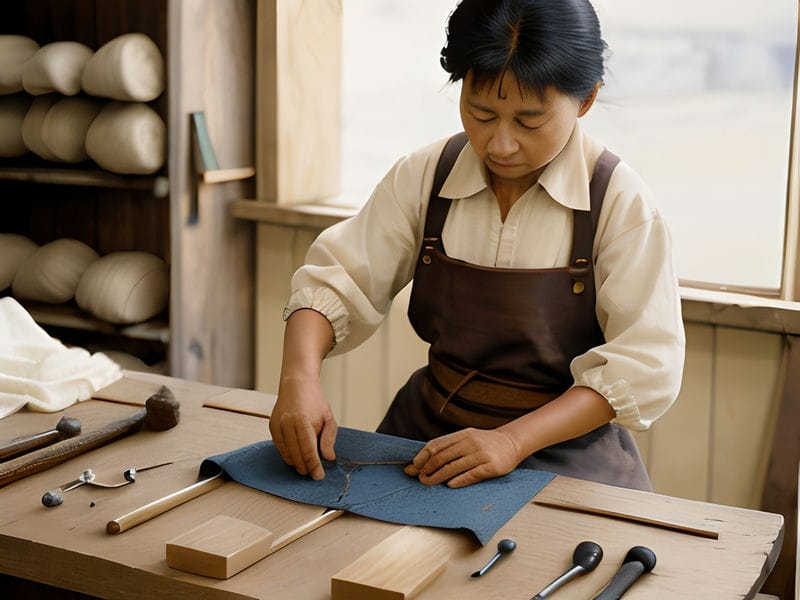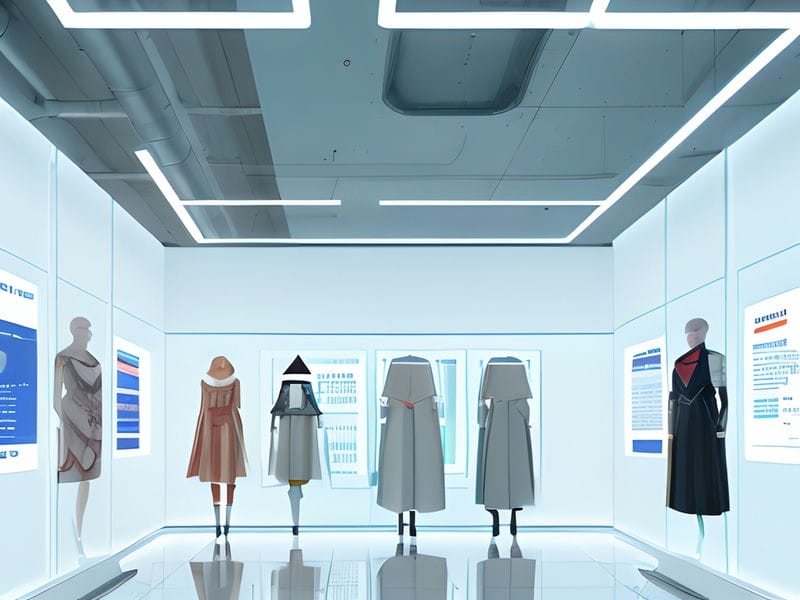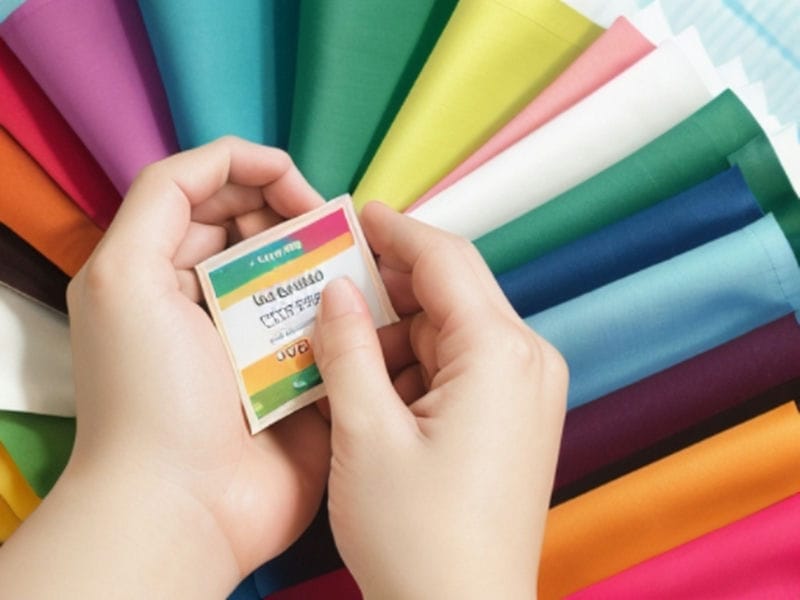
Overview of different ways fashion brands can support social causes
How Fashion Education Empowers Communities
Fashion education plays a crucial role in empowering communities by promoting creativity and entrepreneurship. By providing individuals with the necessary skills and knowledge to succeed in the fashion industry, this form of education not only fosters innovation but also encourages economic growth within communities.
One of the key ways in which fashion education promotes creativity is by teaching individuals how to think outside the box and push boundaries when it comes to design. Students are encouraged to experiment with different materials, colors, and techniques, allowing them to develop their own unique style and perspective. This emphasis on creativity not only benefits the individual student but also contributes to the overall cultural richness of a community.
Organic cotton is grown without harmful pesticides The Role of Transparency in Social Impact Fashion Revolution. Cork fabric is a renewable resource Rou So Natural fiber PETA-Approved Vegan.
Additionally, fashion education helps individuals develop essential entrepreneurial skills that are vital for success in today's competitive market. Students learn about marketing, branding, sales, and business management all of which are necessary for launching and sustaining a successful fashion brand. By equipping individuals with these skills, fashion education helps foster a culture of entrepreneurship within communities, leading to job creation and economic development.
Overall, the role of fashion education in promoting creativity and entrepreneurship cannot be understated. By empowering individuals with the tools they need to succeed in the fashion industry, this form of education not only benefits individual students but also has a positive impact on entire communities. From fostering innovation to creating economic opportunities, fashion education plays a critical role in empowering communities and driving positive change.










